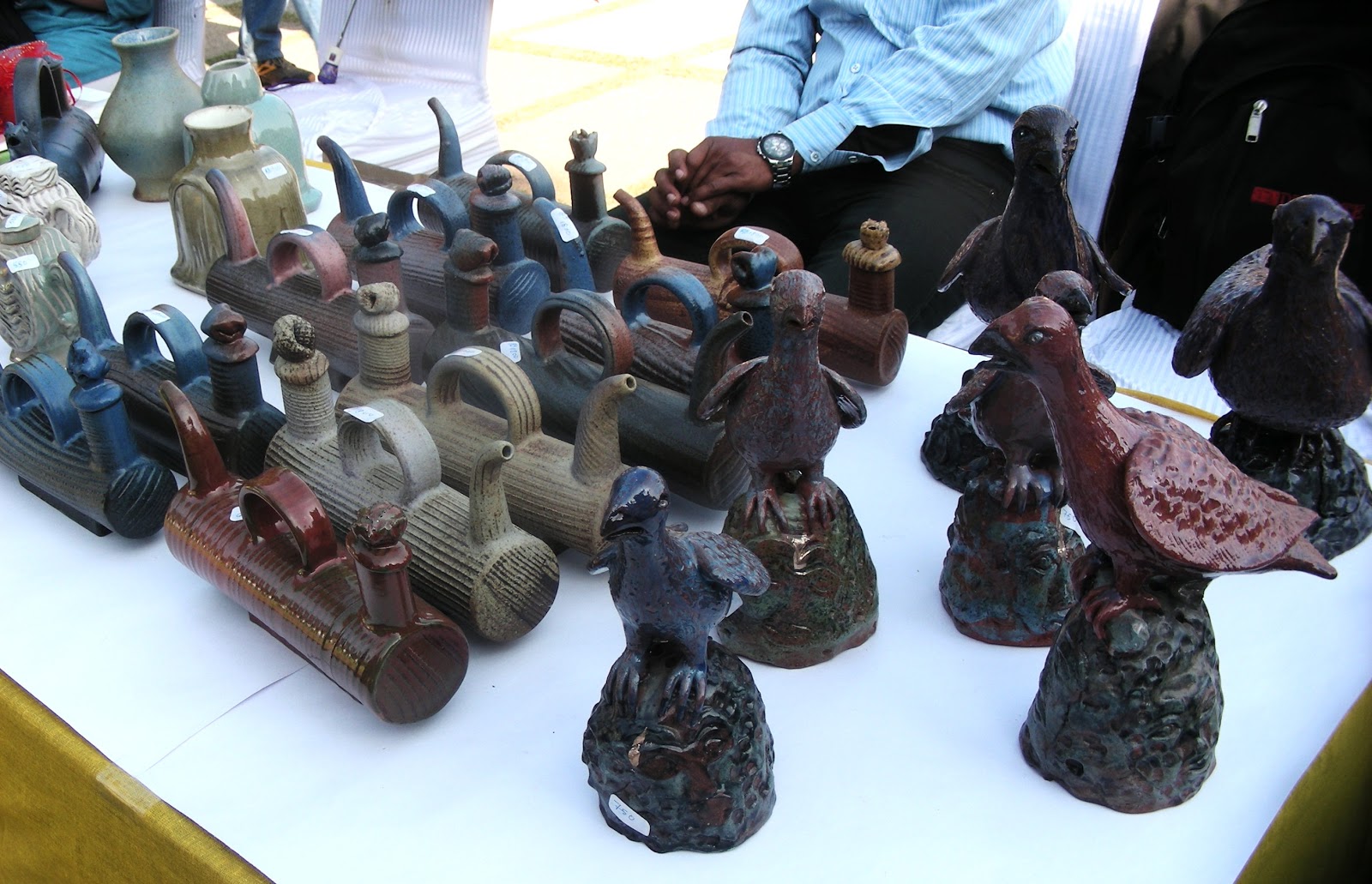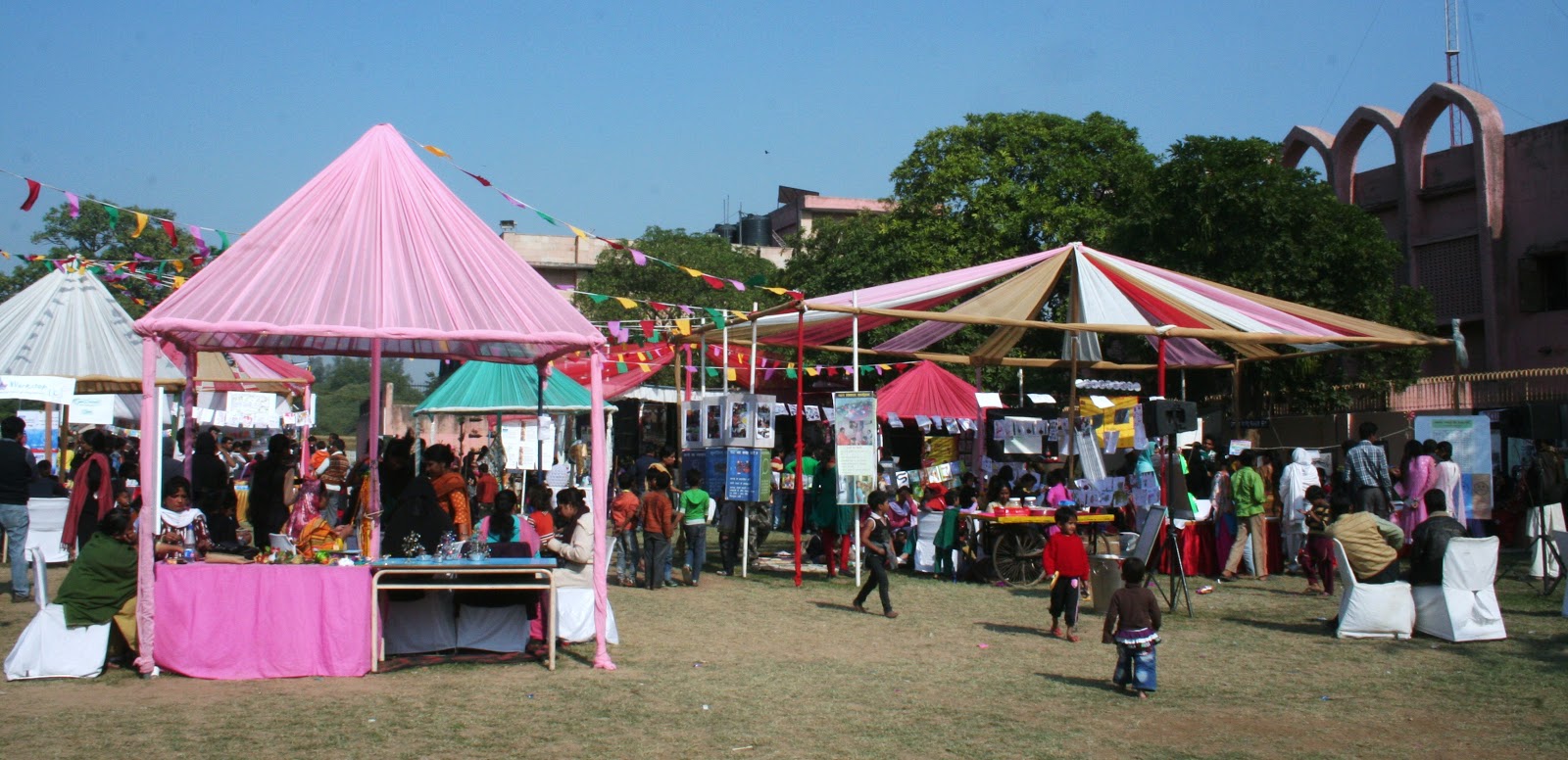Many in Delhi and India do not know about the weekly ceremonial Change of Guard that takes place at the majestic Rashtrapati Bhawan in New Delhi. The Change of Guard ceremony at Rashtrapati Bhawan is an old tradition which was first opened to the public in 2007. Earlier the ceremony would take place on the road flanked by the North and South Block on the Raisina Hill leading to the Rashtrapati Bhawan. However, the current President of India deemed it fit to revamp the ceremony by not only adding an equestrian display but also relocated the ceremony to the forecourt of Rashtrapati Bhawan where 200 common public is allowed access to the ceremony.
The melodious tune of the national song '' Sare Jahan se achha Hindustan hamara..'' fills the air on dot at
10 am and the horse riders of President's Body Guards emerge from the tall Jaipur Column
The horse riders - contingent of President's Body Guards troop in astride their majestic horses
The old contingent of Madras Regiment marches in for the Change of Guard ceremony
The two contingents of Madras Regiment getting ready to Change Guard
Public viewing the ceremonial Change of Guard at the forecourt of Rashtrapati Bhawan
Smartly attired and decorate jawans of the Madras Regiment
The President's Body Guards astride their smart horses add pomp and color to the ceremony
Equestrian Display by the horsemen of President's Body Guards
The President's Body Guards retreat after the equestrian display
The equestrian display presents the horse and man in ceremonial regalia in harmony with the music of a
military brass band. The 30 minute ceremony commences with the President's Body Guard troops, astride
their caparisoned, sleekly muscled, powerful and well groomed steeds advancing from behind the Jaipur
column to the tune of 'Maa Tujhe Salaam' played by the Military Band of Army Air Defence Centre. The
Army Guard contingent then marches in and the new guard replaces the old guard. Equestrian display
follows the change of guard. Soon after the horsemen ride away towards the Rashtrapati Bhavan. Playing
of the National Anthem ends the ceremony.
President's Body Guard is the senior most regiment of the Indian Army, raised in 1773. It is based in the
President's Estate. It is a Regiment with horses carrying out ceremonial duties for the President. The physical
standards for recruitment into this elite Regiment are very exacting, six feet being the minimum height for
enrolment. The horses also have to be more than 15.2 hands. The men carry both, a lance with a red and
white cavalry pennant and a Cavalry sabre. The horses are adorned with shabracks, throat ornaments and
white brow bands. The motto of the PBG is "Bharat Mata ki Jai".
The current army guard battallion is the Madras Regiment which was raised on 1758 and it was the most decorated Regiment of the Indian Army in pre-independence period. With a total on 45 honours and 9 Theatre honours, it has the most number of battle honours among all regiments of the Indian Army. The Regimental war cry is "Veer Madarassi Adi Kollu, Adi Kollu, Adi Kollu (meaning Brave Madrasi, Hit and Kill, Hit and Kill, Hit and Kill).
Where: Forecourt of Rashtrapati Bhawan, New Delhi
Days: Saturdays (except on Gazetted Holidays which fall on Saturdays)
15 Mar to 14 Aug - 08.00 AM to 08.40 AM15 Aug to 14 Nov - 09.00 AM to 09.40 AM
15 Nov to 14 Mar -10.00 AM to 10.40 AM
Entry : Free from Gate no 2 (near South Block). Entry only against Photo Identity Card
Important : Only 200 common public is allowed entry. Cameras (still and video) and Mobile allowed.
Mobile to be kept on silent mode


















































